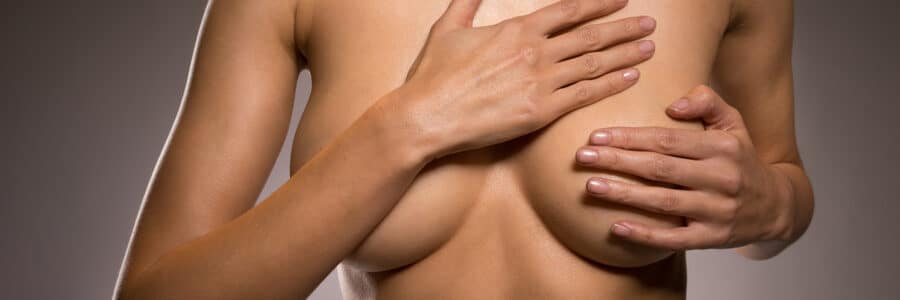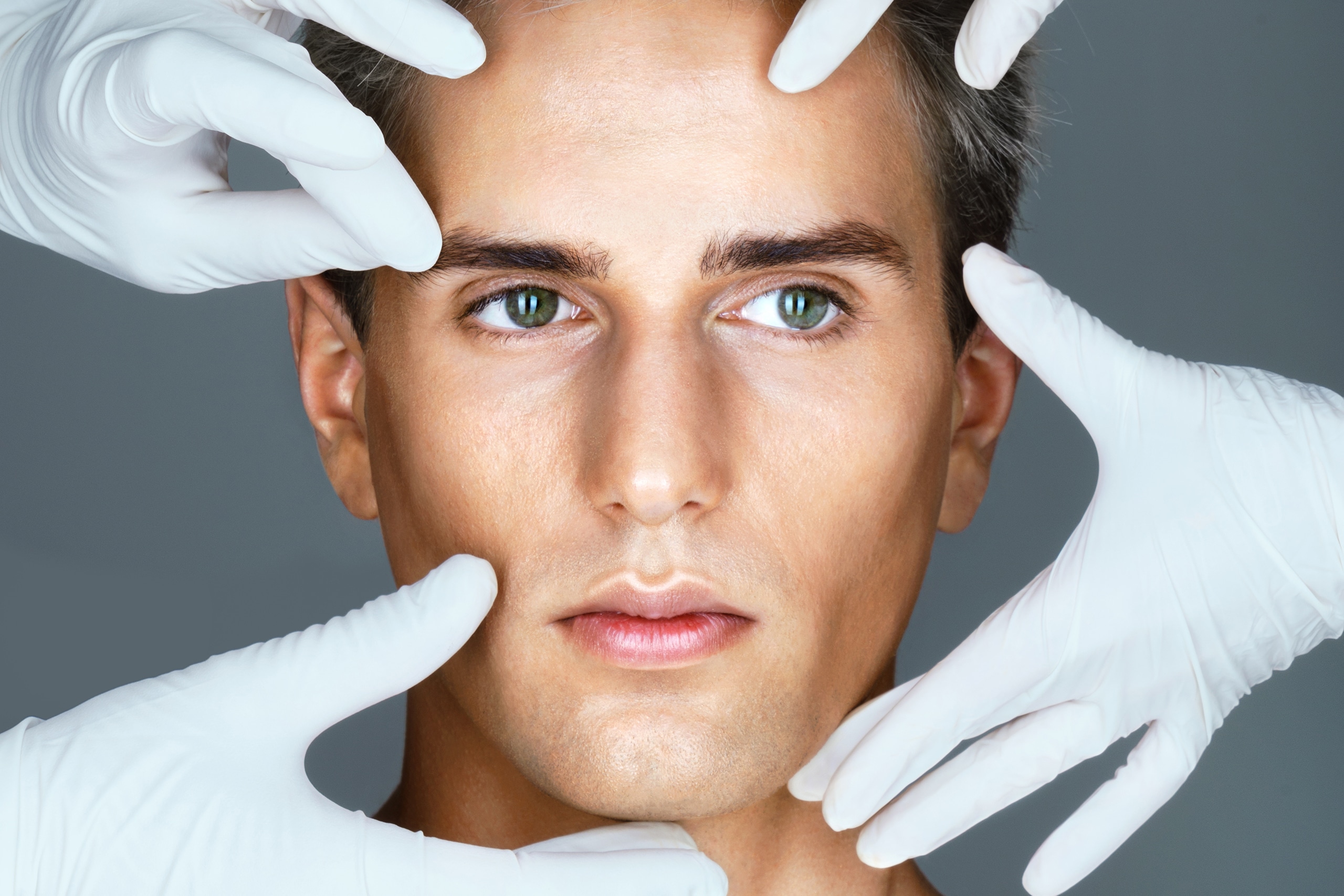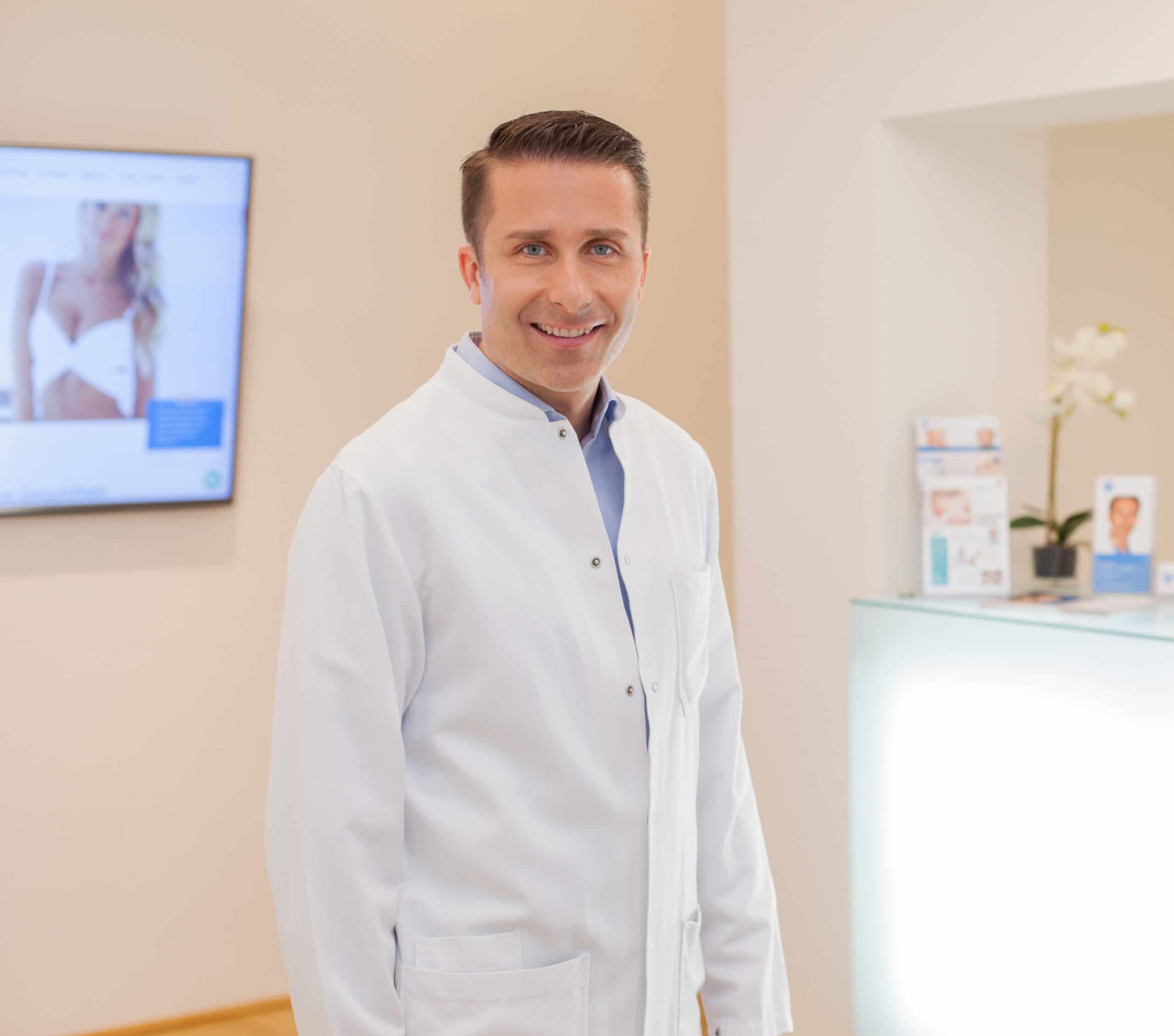Inward-pointing nipples are not only an aesthetic problem for many people, but can also impair the ability to breastfeed. So-called inverted nipples are a common problem. Mostly they can be traced back to a congenital malformation of the nipple. Only a small surgical procedure is required for correction, in which the affected nipple is turned outwards and the breast is given a natural appearance.
What are inverted nipples?
With inverted nipples, it looks like the nipples are retreating into the areola. This can be the case either in part or in full. Only one nipple can be affected, but the phenomenon can also occur on both sides.
We distinguish three degrees of severity of inverted nipples:
- In the first degree of severity, the nipple is clearly directed inwards, but it emerges when it is slightly stimulated. The nipple can also be pulled outwards manually.
- With severity level two, pressure must already be exerted so that the nipple emerges.
- In severity three, the nipple is permanently pulled inward. It is firmly attached to the tissue and the milk ducts are significantly shortened.
The cause is usually a shortening of the milk ducts and connective tissue cords, which pulls the nipple inward. This malformation is congenital in a large number of those affected, and a familial clustering can also be recognized. In some cases, inverted nipples are also the result of undesirable developments or hormonal diseases. However, inverted nipples can also develop as a result of other diseases such as breast cancer.
Inverted nipples can also appear during periods when the breast is changing. In such cases, the phenomenon is often only temporary and disappears on its own. For example, some girls develop inverted nipples during puberty. In most cases, however, a natural correction of the inverted nipples takes place as the breast grows. Inverted nipples can also occur during pregnancy or during menopause. If the nipples retract for no apparent reason, a visit to a doctor is recommended, as this can also be a sign of breast cancer – even in men.
Before Dr. Matiasek corrects the inverted nipples, he makes sure that you do not have a disease-related cause. If you want to have children in the near future, in most cases it is better to wait until pregnancy and breastfeeding are over before making the correction.
What are the reasons for treating inverted nipples?
Especially for women whose self-esteem is impaired due to inverted nipples, correcting the inverted nipples is a way of fulfilling the desire for a natural looking nipple. Many of those affected also feel better after such an operation. Since the incision is made in the area of the areola, where the skin is slightly darker, the resulting scars are barely visible.
Inverted nipples can cause problems, which is why treatment is recommended, especially in more severe cases. First and foremost, inverted nipples are a hygienic problem. Indentations are harder to clean and bacteria can accumulate in the cavities. This can lead to a bacterial infection, which not only causes itching but also inflammation and pain.
For women who want to have children, inverted nipples can pose an additional problem and make breastfeeding the baby much more difficult. So-called “real” inverted nipples retract further when stimulated. It is more difficult for the baby to latch on, which makes sucking more difficult.

What should I consider before treating inverted nipples?
Before the procedure, you will have a detailed discussion with Dr. Matiasek, in which the exact course of treatment and the surgical technique are discussed. There is also space for all your questions in this conversation.
You should stop taking any medication that affects blood thinning two weeks prior to treatment. These include aspirin, Voltaren, Marcoumar and Thomypyrin. If you take sleeping pills, stop taking them before the procedure. You should also stop consuming alcohol and nicotine some time before the procedure, as these substances can have a negative effect on the success of the procedure.
How does the treatment for inverted nipples work?
There are two techniques to choose from when treating inverted nipples, both of which are performed under local anesthesia.
Especially for young women who want to have children, the procedure of correction of the capillaries without cutting through the milk ducts is recommended. With this particularly gentle surgical technique, Dr. Matiasek cuts through the connective tissue through a small incision on the nipple so that the milk ducts are preserved. Then he pulls the underlying layer outwards and fixes it with several sutures.
If you no longer wish to have children, correcting the inverted nipples by cutting the milk ducts is the method of choice.
In addition to surgical treatment options, non-surgical alternatives are also available. These are primarily piercings, niplets and nipple formers. In severe cases, however, surgery is the best treatment option.
What are the complications involved in treating inverted nipples?
Like any surgical procedure, there is some risk involved in correcting inverted nipples. If there are complications, however, these are usually harmless. Light bruising, swelling and bleeding are not a cause for concern and usually go away on their own within a few days. Some patients report slight sensory disturbances in the nipple area after the procedure. Sensitivity may be permanently reduced after the procedure. If complications arise during the operation, it is possible that despite the surgical technique that is gentle on the ducts, the ducts may be severed, which makes breastfeeding impossible later.
What should I consider after treating inverted nipples?
You can make a decisive contribution to an optimal result of the treatment. After the procedure, you can usually go home straight away and continue with your daily routine. A hospital stay is not necessary, but breast-friendly behavior after the procedure is recommended. Refrain from any sporting activity in the first few days. After about seven days you will be able to exercise to a moderate extent, but ideally keep it to a minimum for a few weeks.
Allow at least three weeks to pass before your first bath. You can shower the day after the procedure. Avoid steam baths, saunas, sunbaths and a visit to the solarium in the first few weeks – all of this has a negative effect on wound healing. Wearing a sturdy bra is also counterproductive for the first three weeks after the procedure. In the first few days after the procedure, cooling measures, such as cool packs, can help relieve pain and swelling and shorten the healing phase.
When can I see the results of the inverted nipple surgery?
Since inverted nipples are associated with shortened milk ducts, the first results can be seen shortly after the procedure. However, the full result will only be seen after a few weeks, when the wound has healed completely. This is because the formation of the scar tissue also helps to keep the nipple in a natural shape. Shortly after the procedure, it can therefore happen that the nipples appear asymmetrical to one another. In the course of the wound healing, the position of the nipples can still change.
If you have inverted nipples, Dr. Matiasek would be very happy to have a consultation in his practice. The correction of the inverted nipples is an outpatient, low-risk procedure that usually leads to permanent improvement of the malformation.






